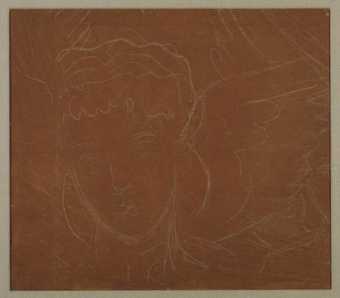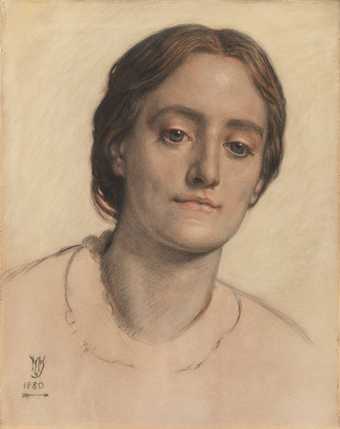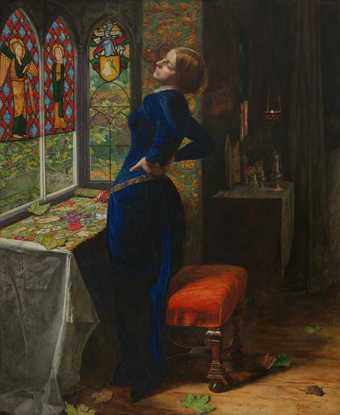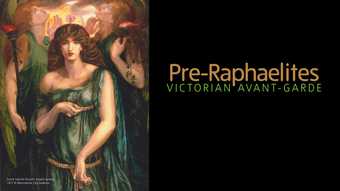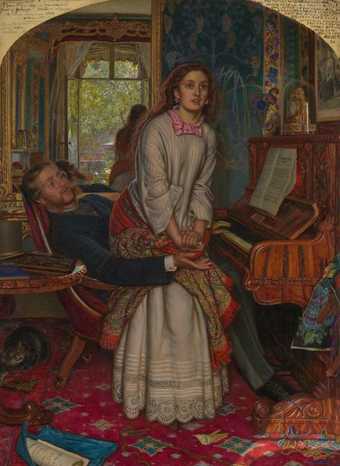
William Holman Hunt
The Awakening Conscience
(1853)
Tate
Led by Dante Gabriel Rossetti, William Holman Hunt and John Everett Millais, the Pre-Raphaelites, founded in 1848, were inspired by the purity of early Renaissance painting (pre-Raphael) and wanted to create an unflinchingly radical and contemporary style. They had a heated debate about what they should call themselves and eventually alighted on ‘The Pre-Raphaelite Brotherhood’.
The Pre-Raphaelites wanted to establish a new kind of art in Britain, based on the idea of really looking at the world afresh. Taking the idea of ‘truth to nature’, they sought to invest their subjects with a sense of physical and psychological realism.
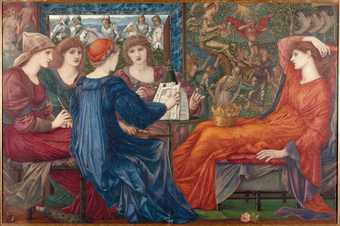
Edward Coley Burne-Jones
Laus Veneris 1873–8
© Tyne & Wear Archives and Museums
Their progressive approach to painting broke with all the rules of picture-making as taught by the Royal Academy. The Pre-Raphaelites totally rejected the idea that you should first paint the figure, then the background. Or that you should layer the composition with dead colouring and work it up with dark chiaroscuro, blending colours to encourage the viewer to read the composition in terms of significant and subordinate areas.
Instead the Pre-Raphaelites insisted on an equal focus on all parts of the composition, painting backgrounds first and figures later, all from life. This is what gives their paintings a discordant quality of focus – rather like a high definition film, where the whole depth of field is sharp. They began painting on a white ground (rather than the prepared mid tone ground most artists would use), using pure primary colours rather than mixing them on the palette. In Pre-Raphaelite pictures, everything becomes significant. It’s quite a democratic approach to art.
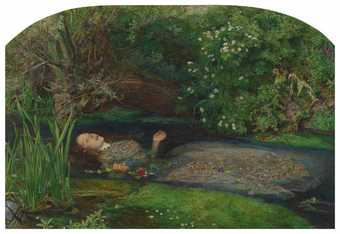
Sir John Everett Millais, Bt
Ophelia
(1851–2)
Tate
So what made them distinctively modern?
Firstly, they came together and drew up a manifesto for what they felt art should be about. That’s an important hallmark of modernism – artists coming together in groups to proclaim a manifesto with the intention of breaking away from what’s gone before and branching out in a totally new direction. They were very self-conscious about it. Although they attracted associates and followers there was a lot of discussion about who should be in the group and who was out.
They had an interest in and influence on all forms of art, craft and design in 19th-century Britain, and were progressive in trying to break down distinctions between media. Rather than having a division between the fine and applied arts, or between painting and drawing, they worked across different practices. Crucially, Pre-Raphaelitism also gave space to women to not only appear in works of art as models, but also to become artists in their own right, such as May Morris or Julia Margaret Cameron.
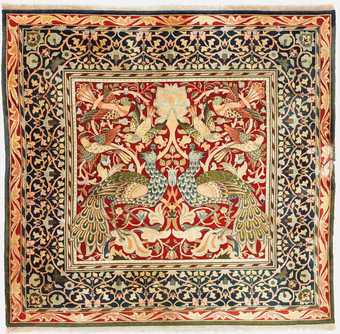
Peacock and bird carpet c.1800s
© William Morris Gallery, London Borough of Waltham Forest
Finally, whether their subjects were taken from modern life or literature, the Pre-Raphaelites were committed to the idea of art’s potential to change society. For some it was by representing topical social issues and challenging prevailing attitudes while for others beauty and ornamentation in itself was a resistance to an increasingly industrialised society.

